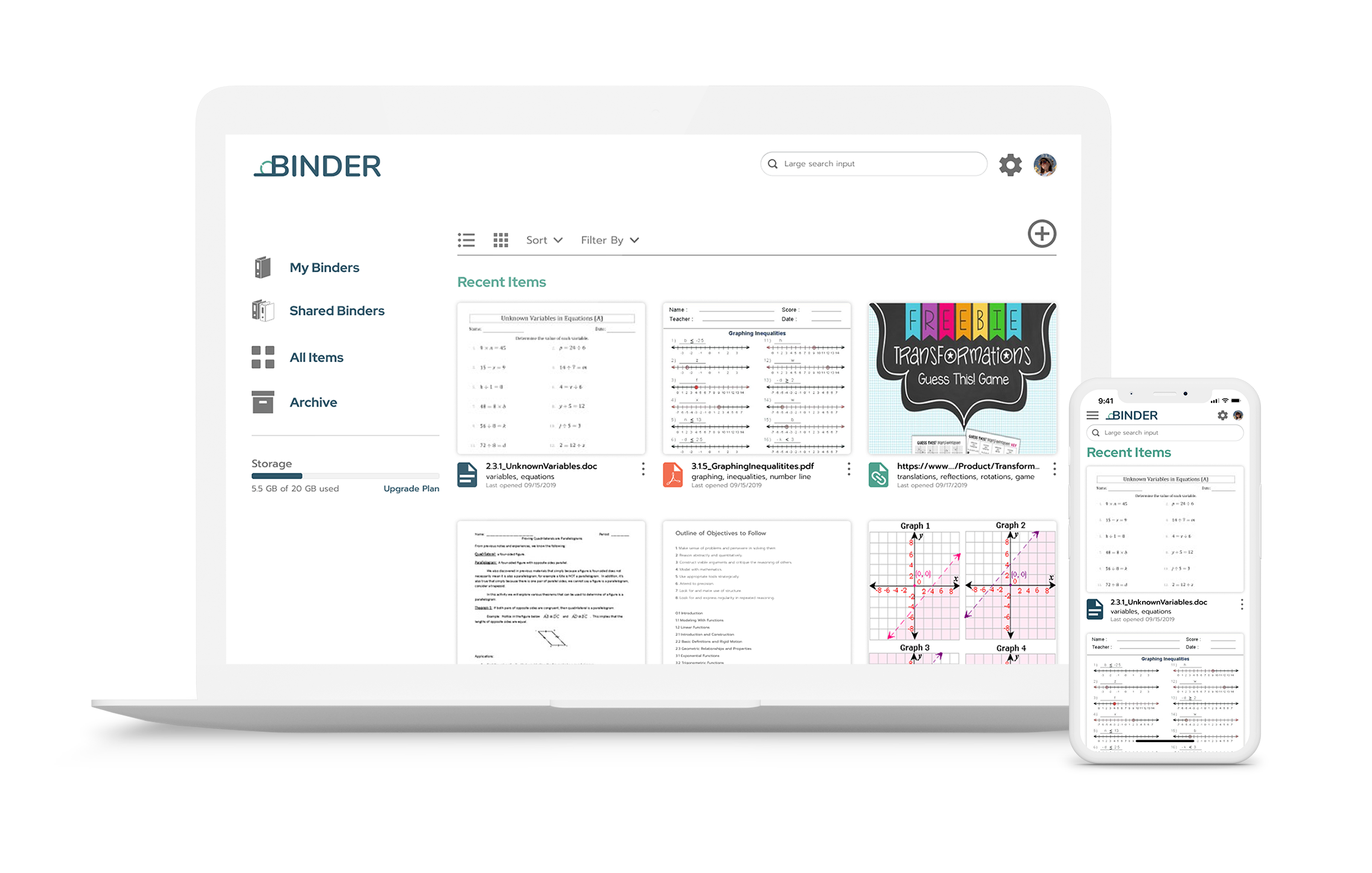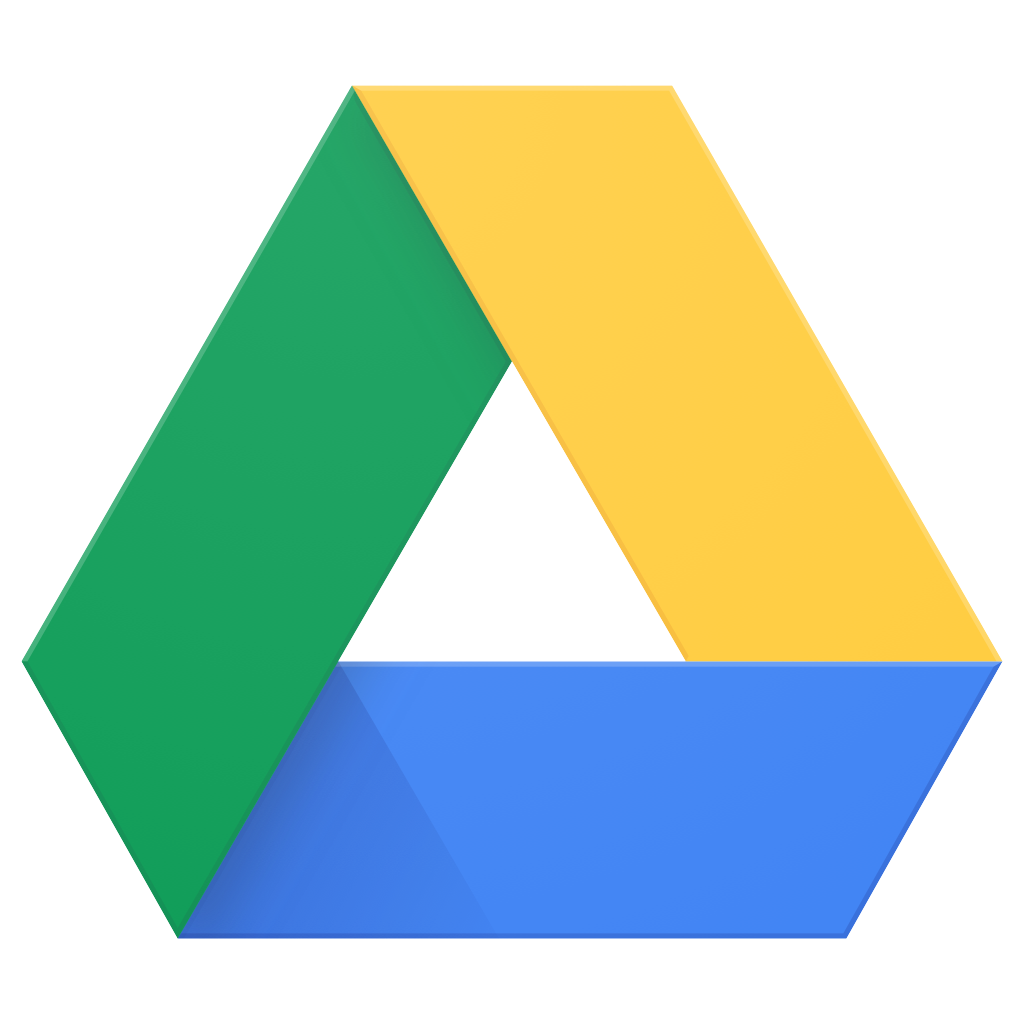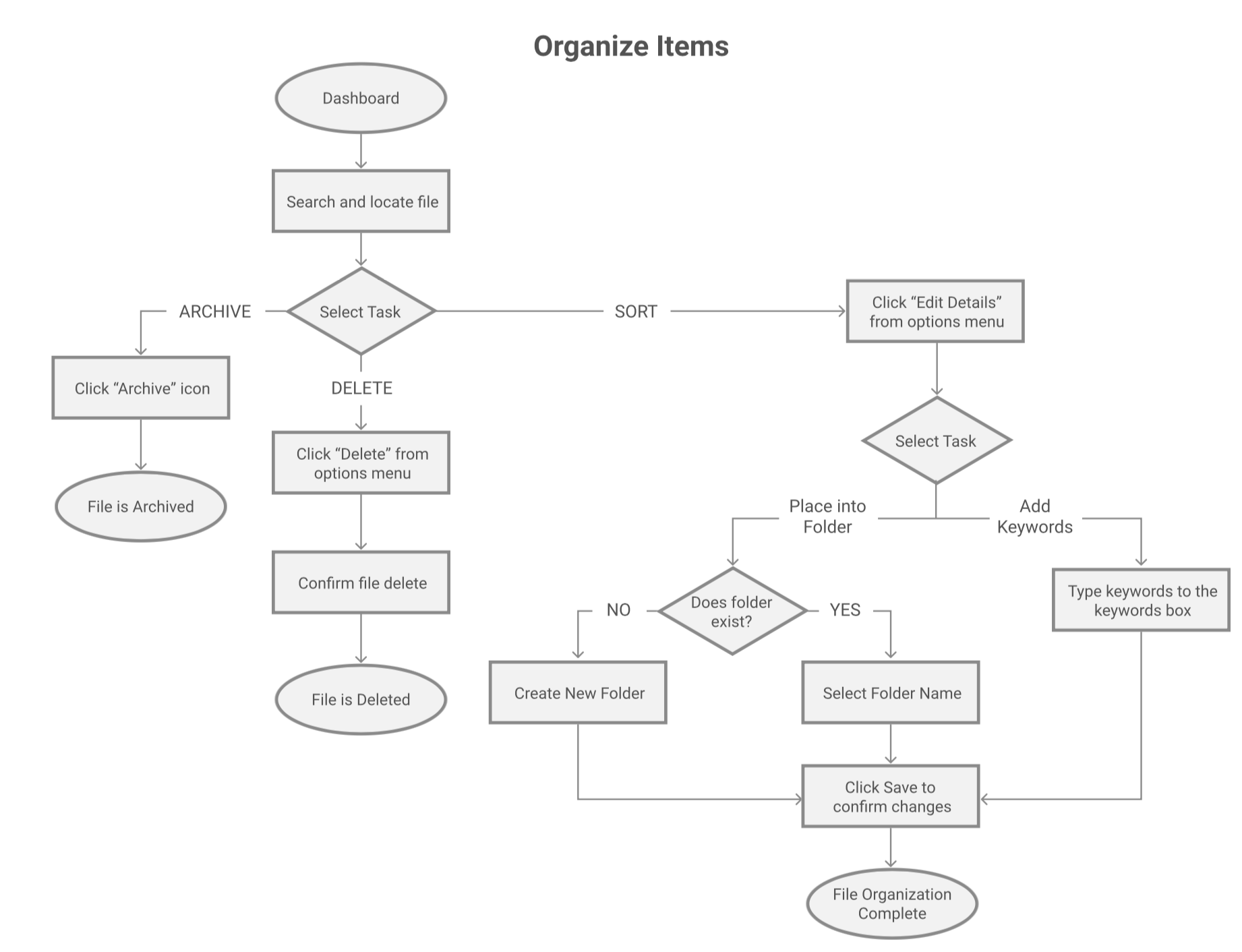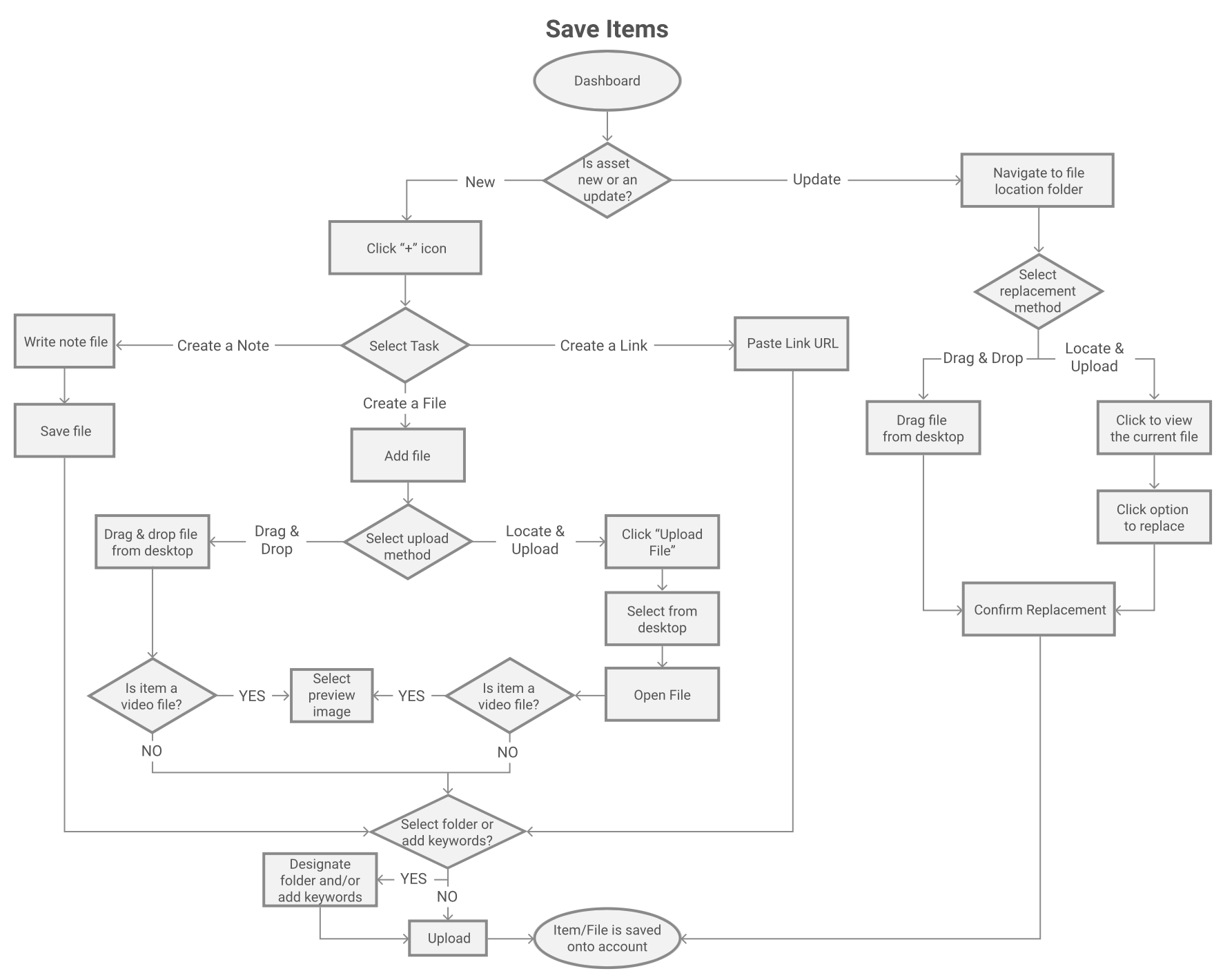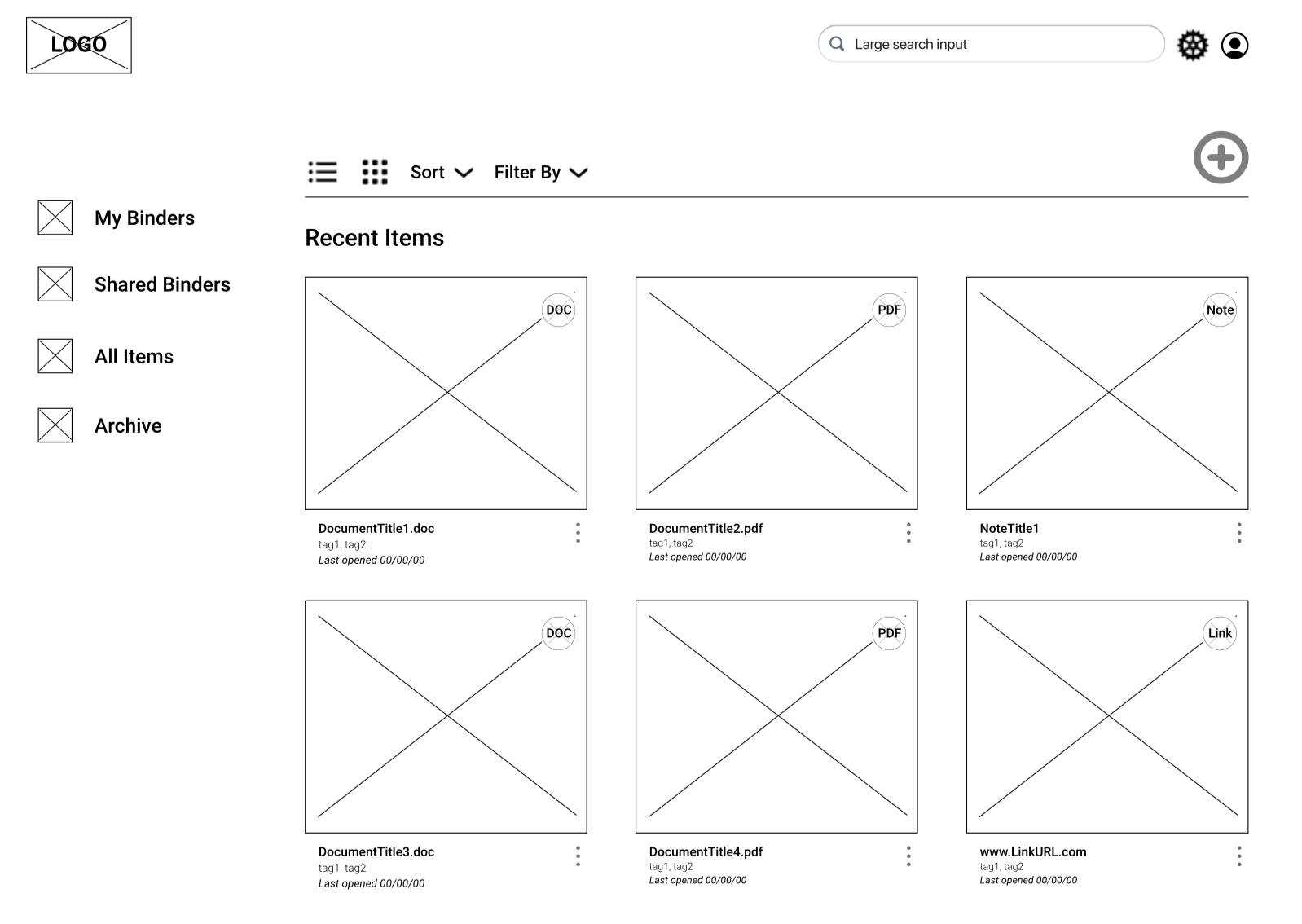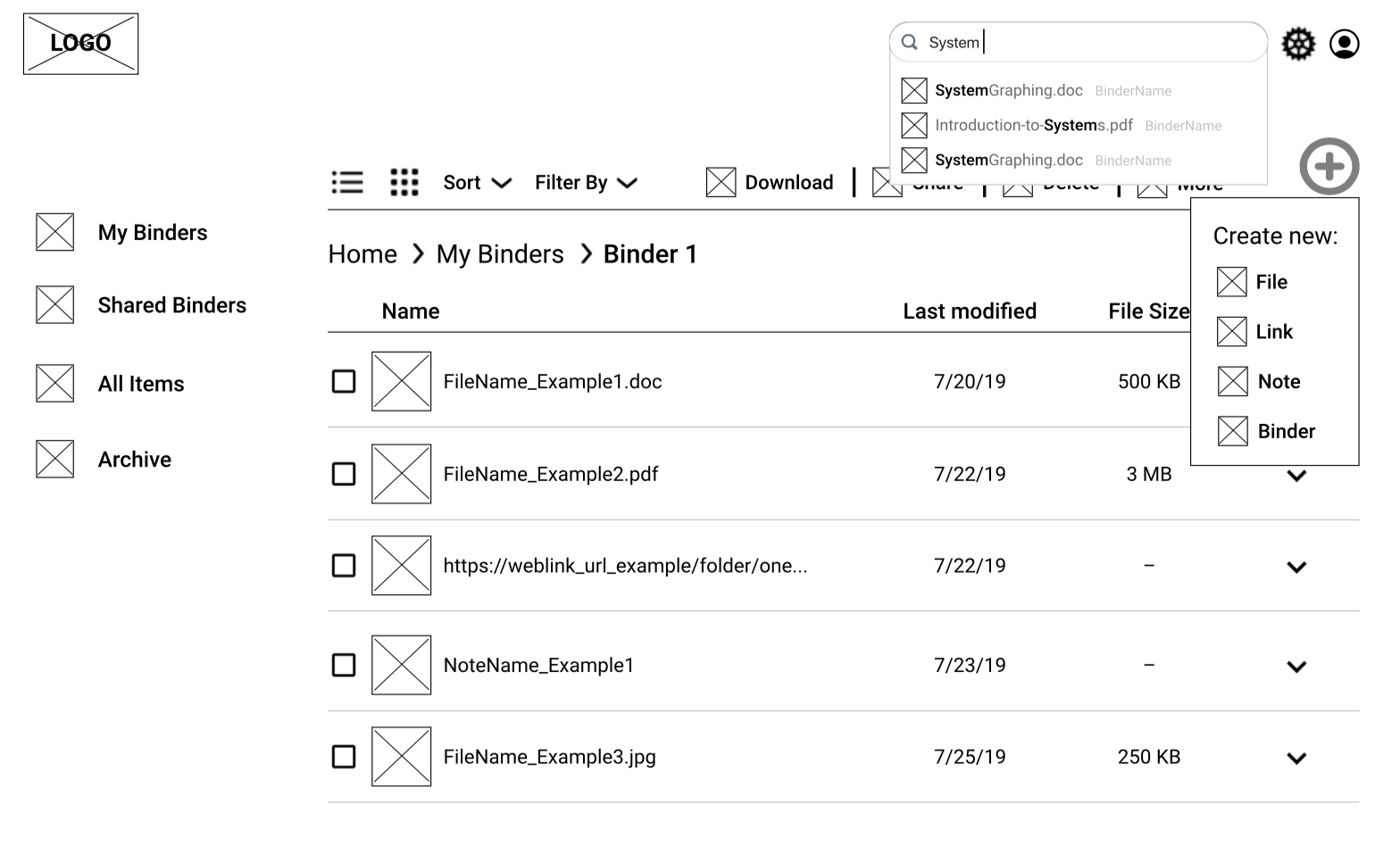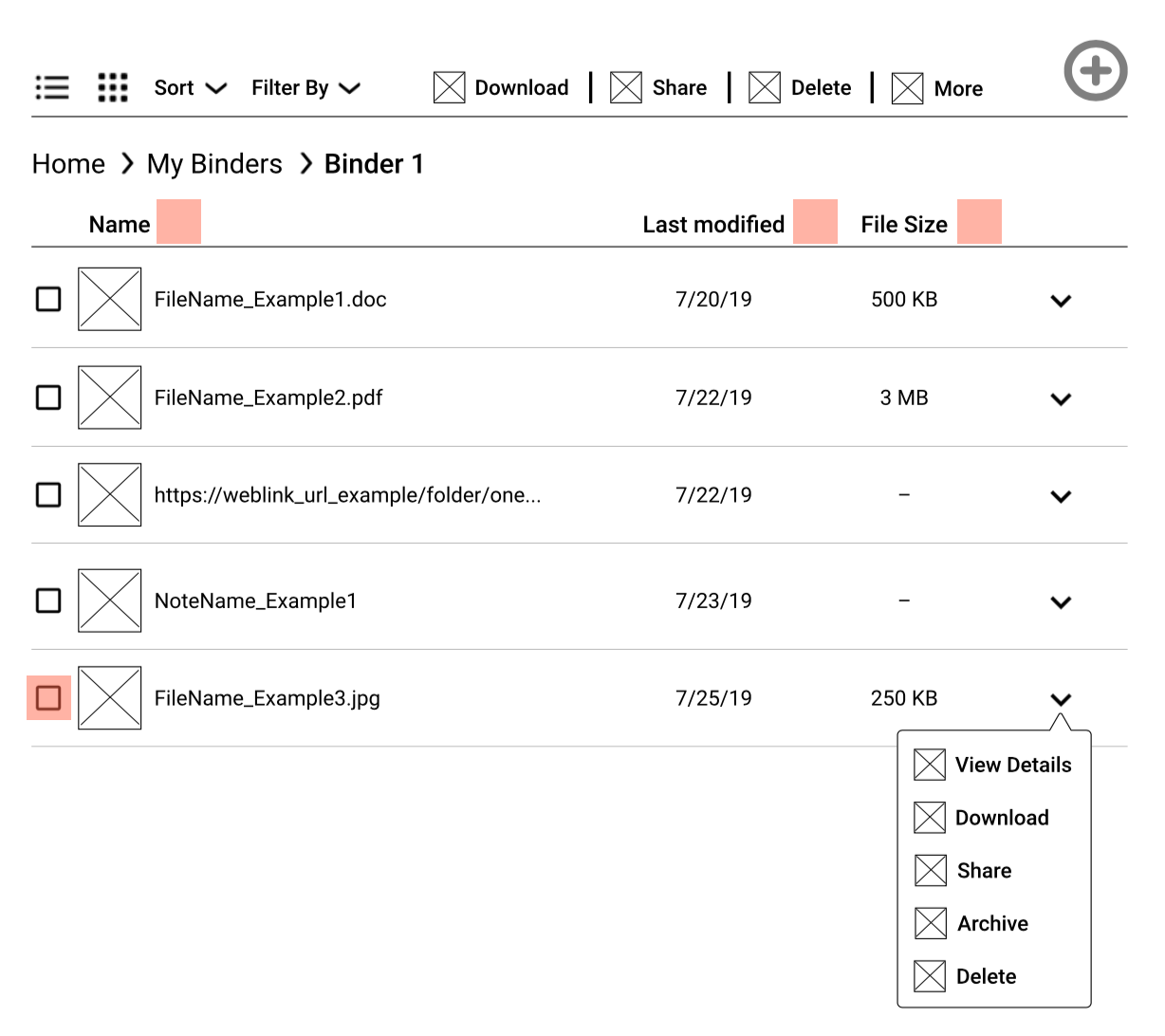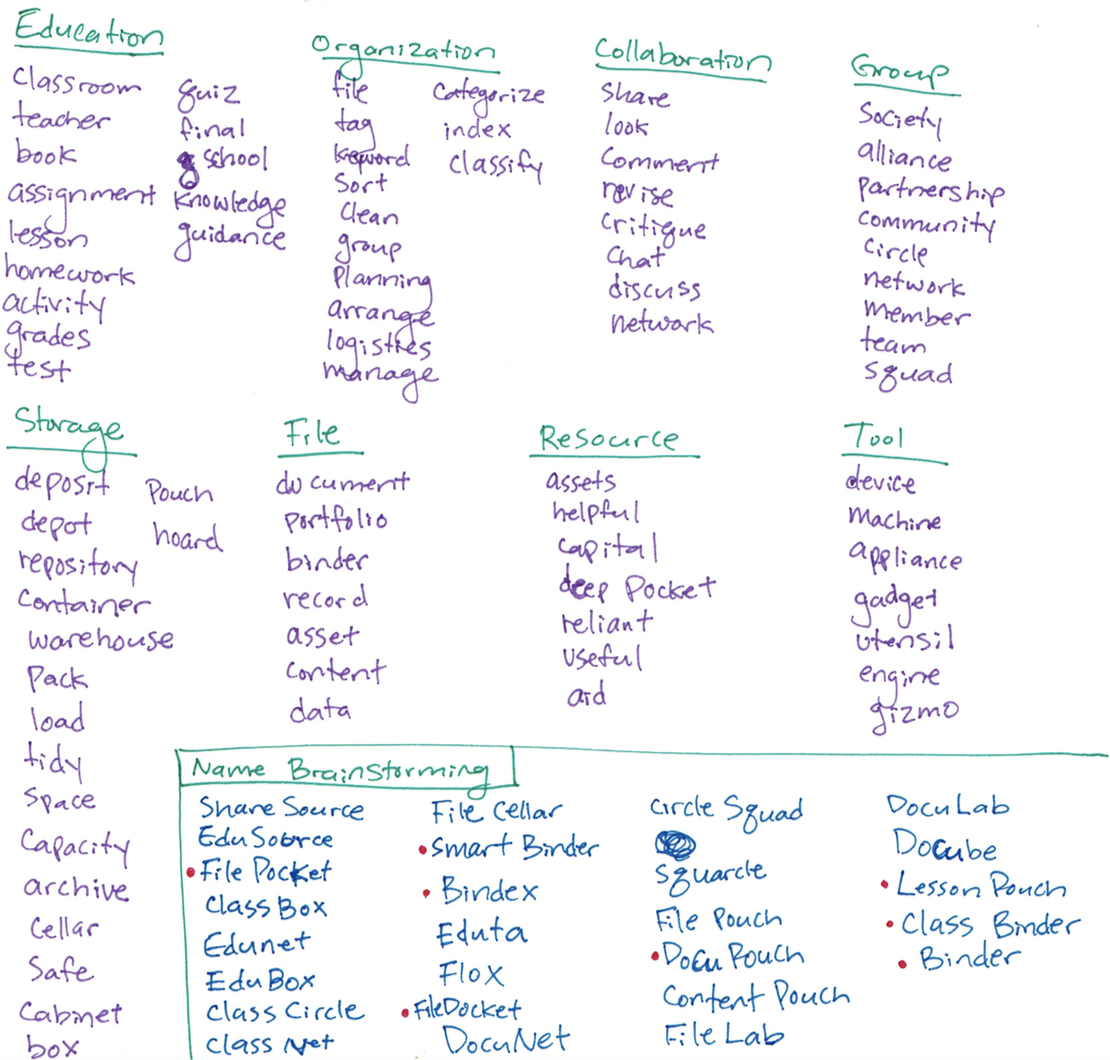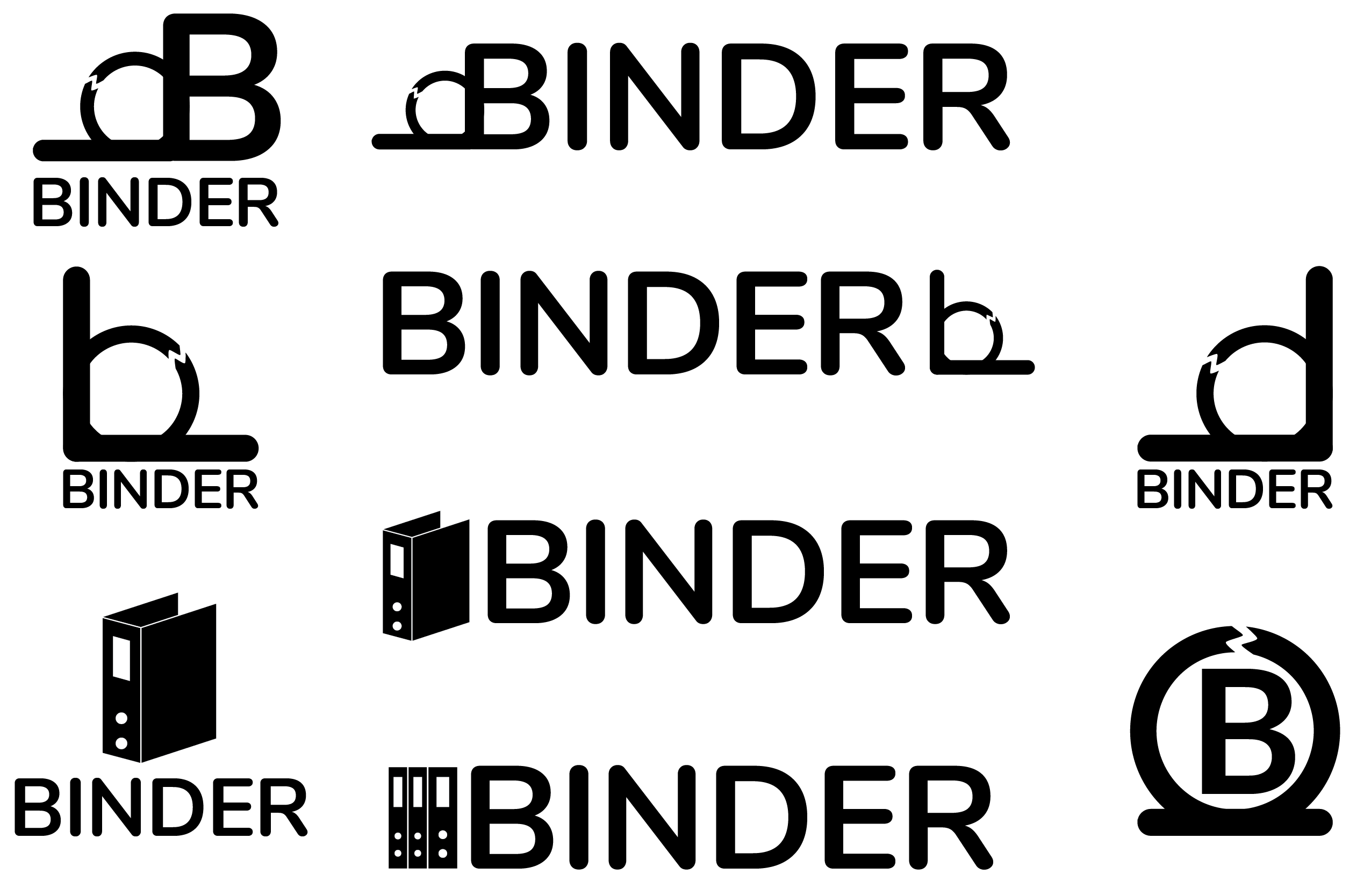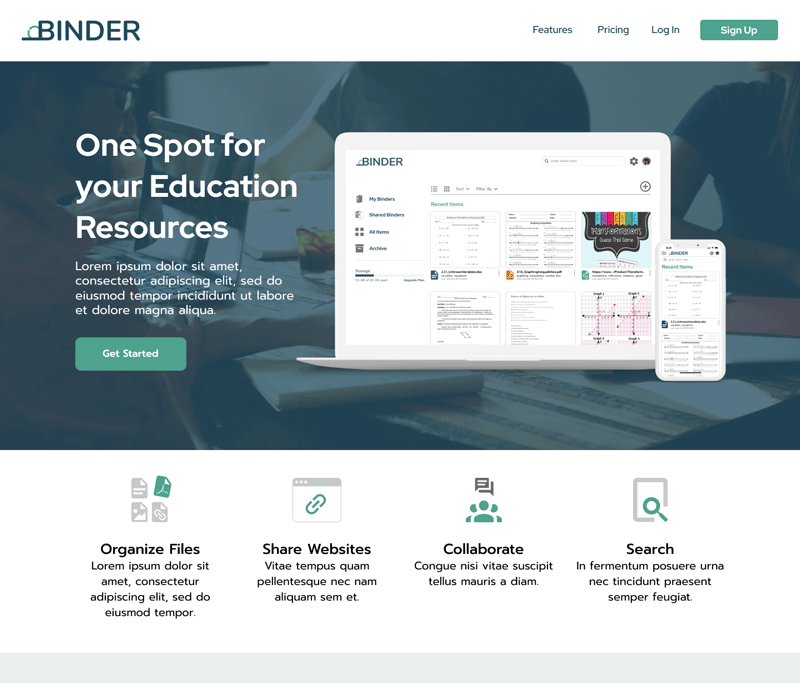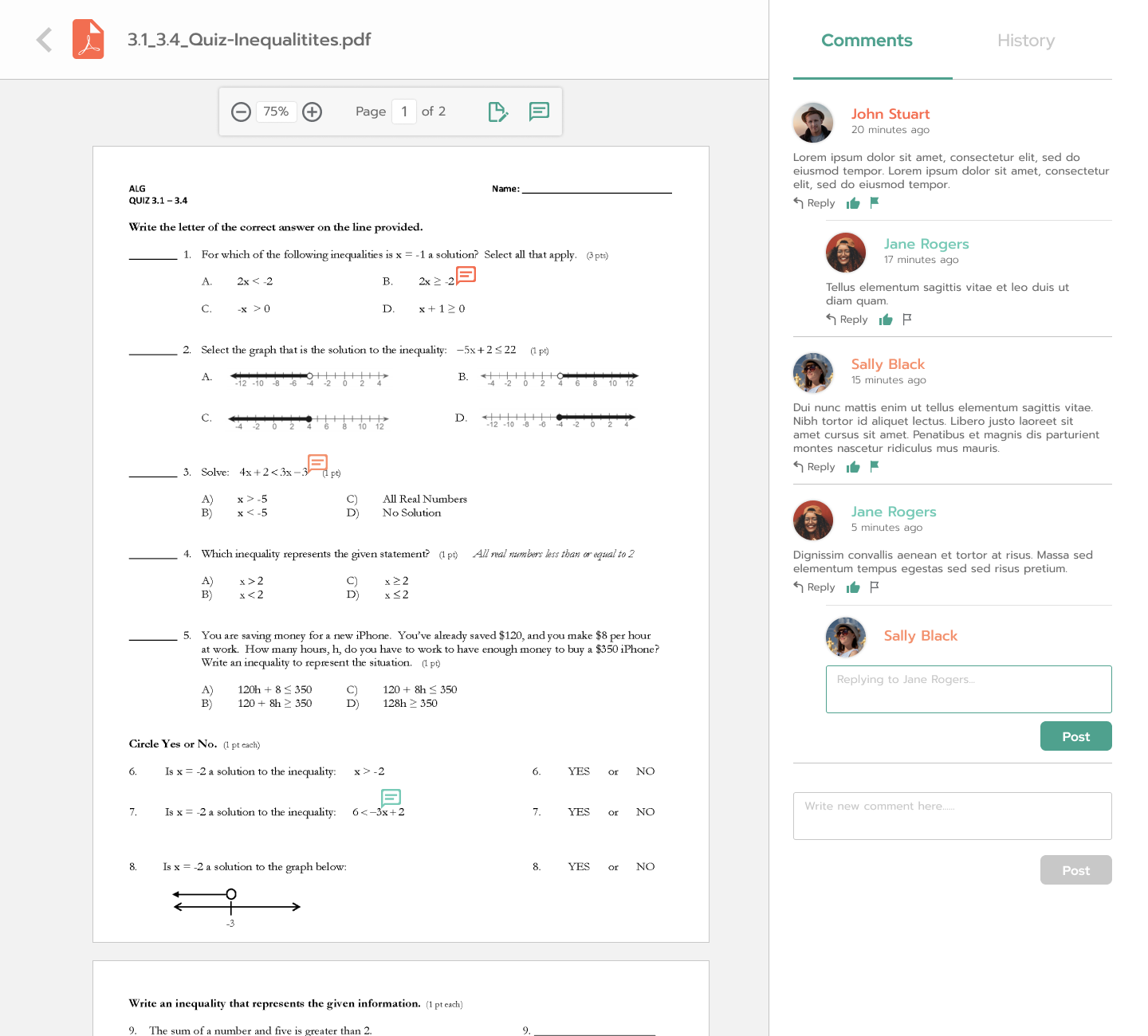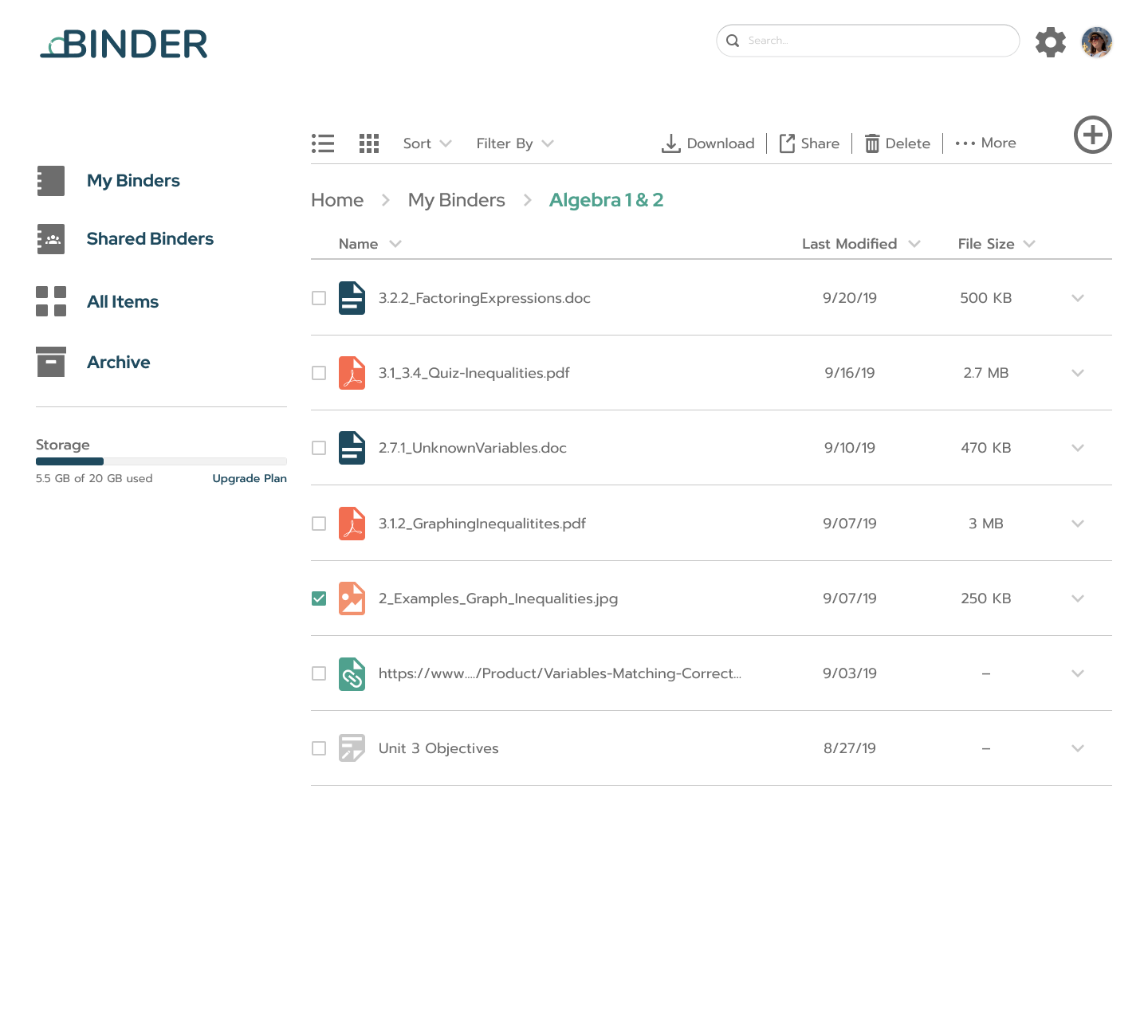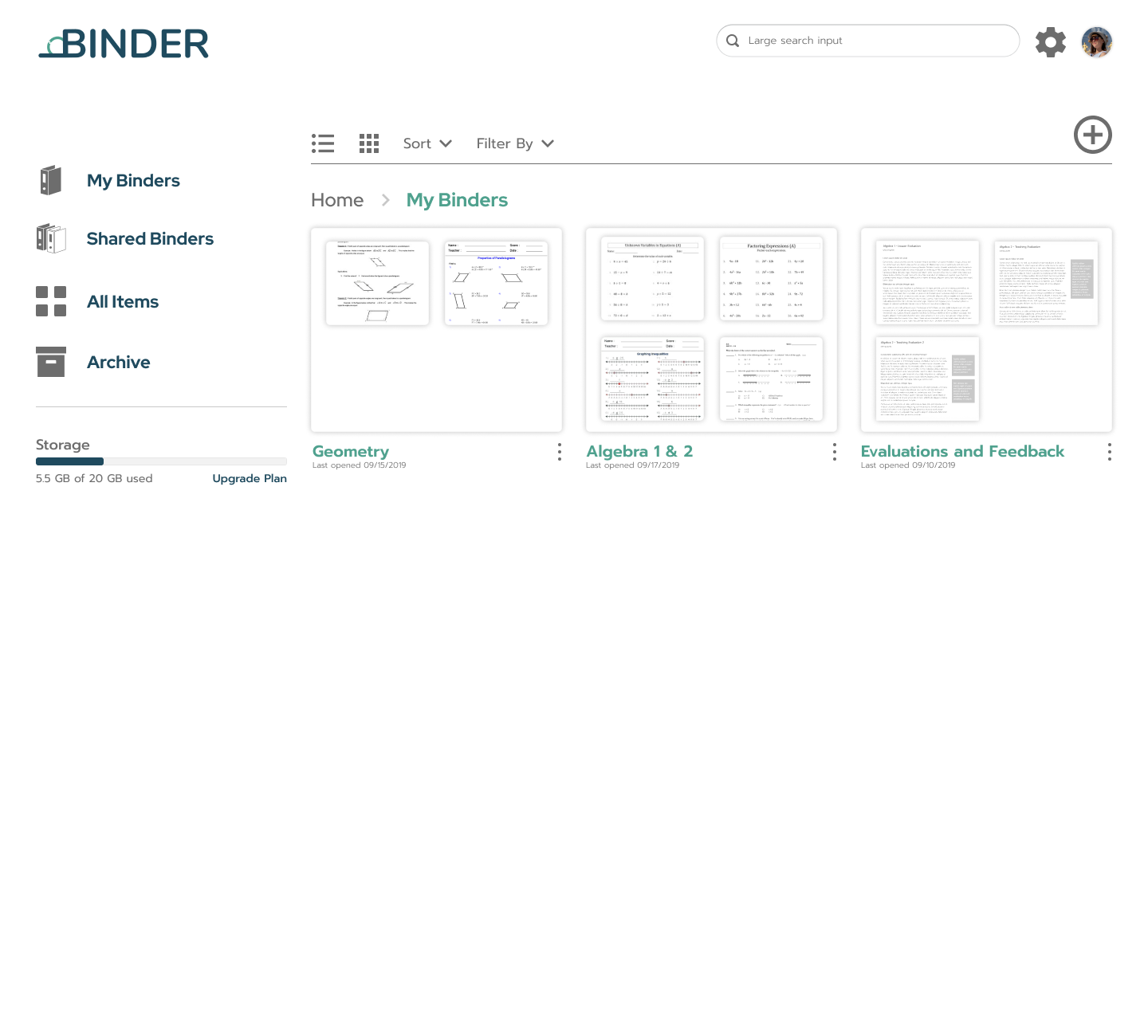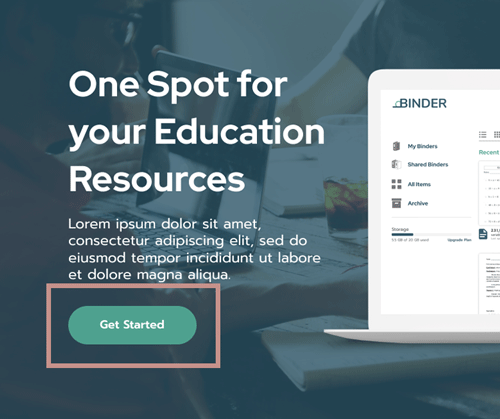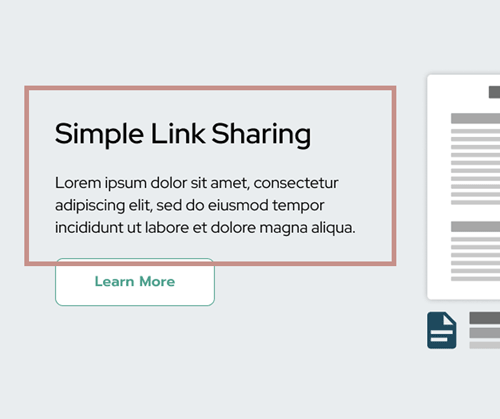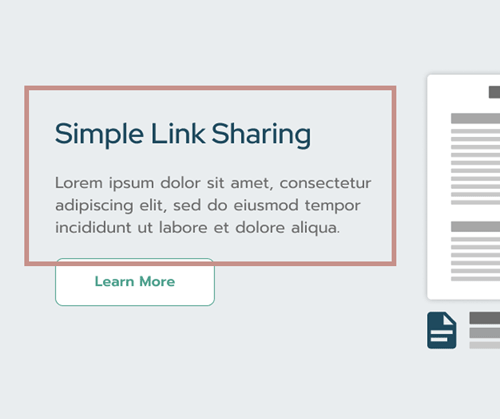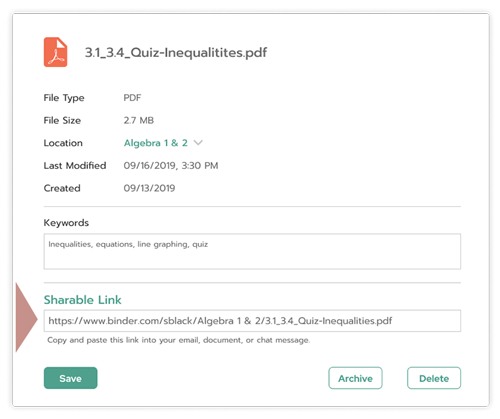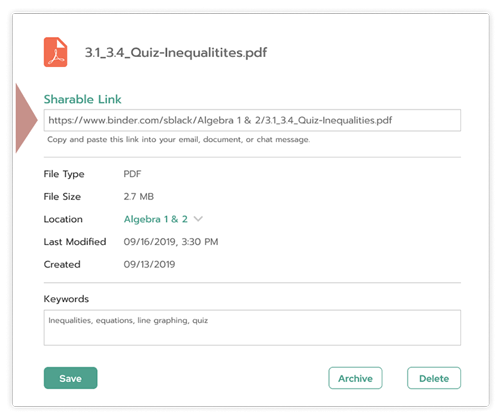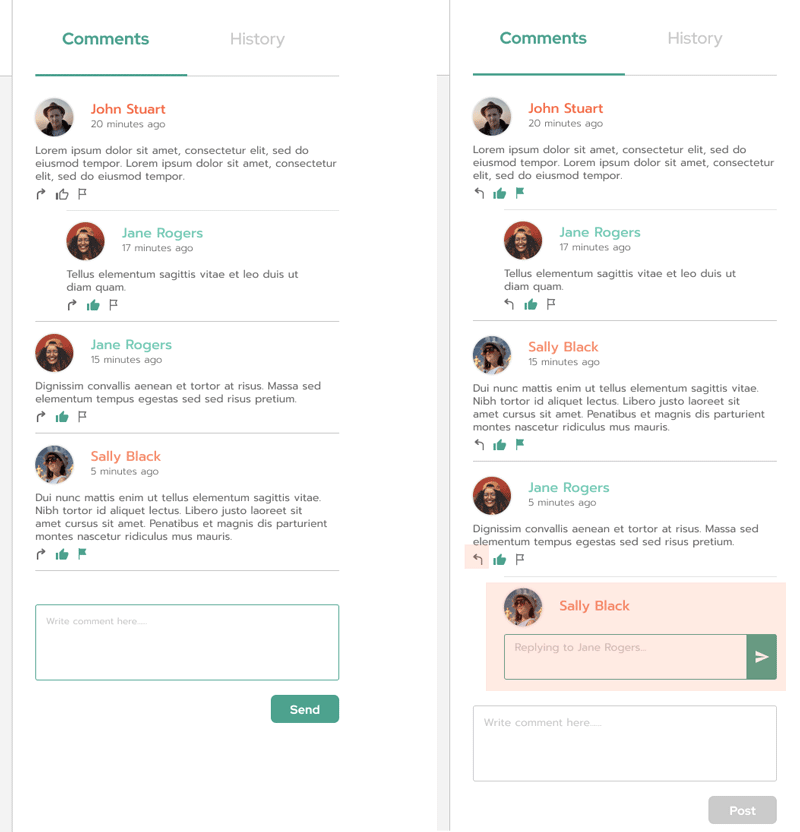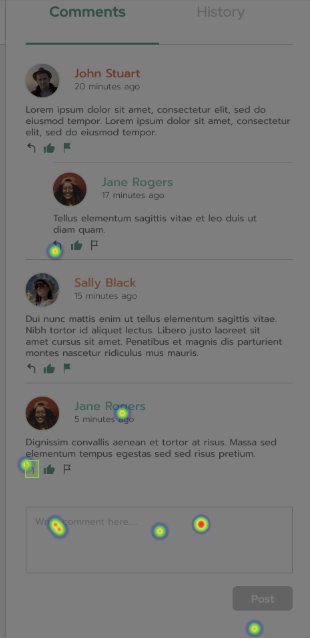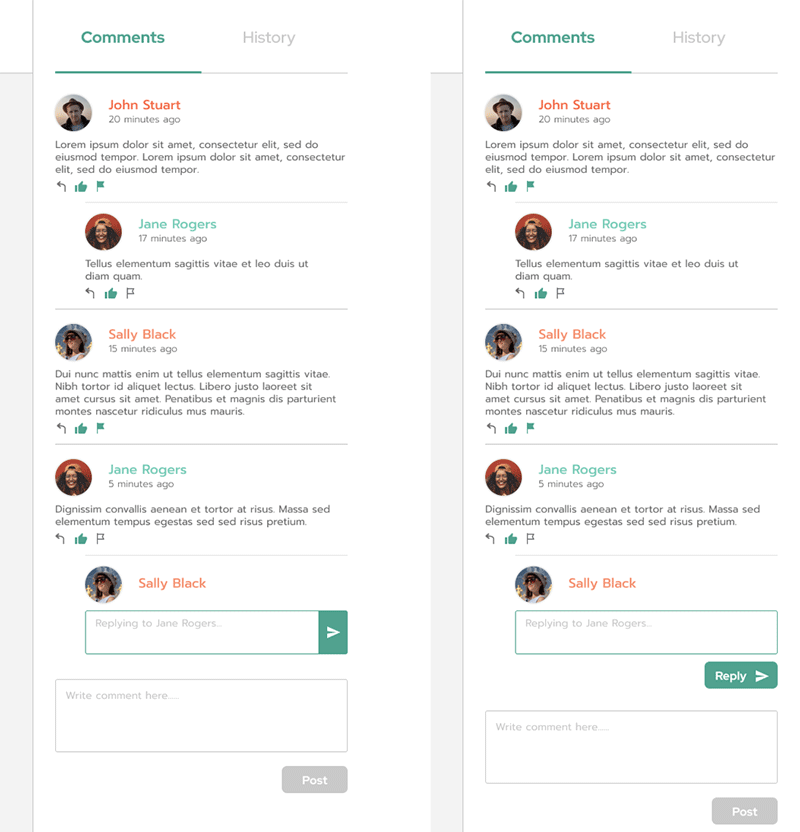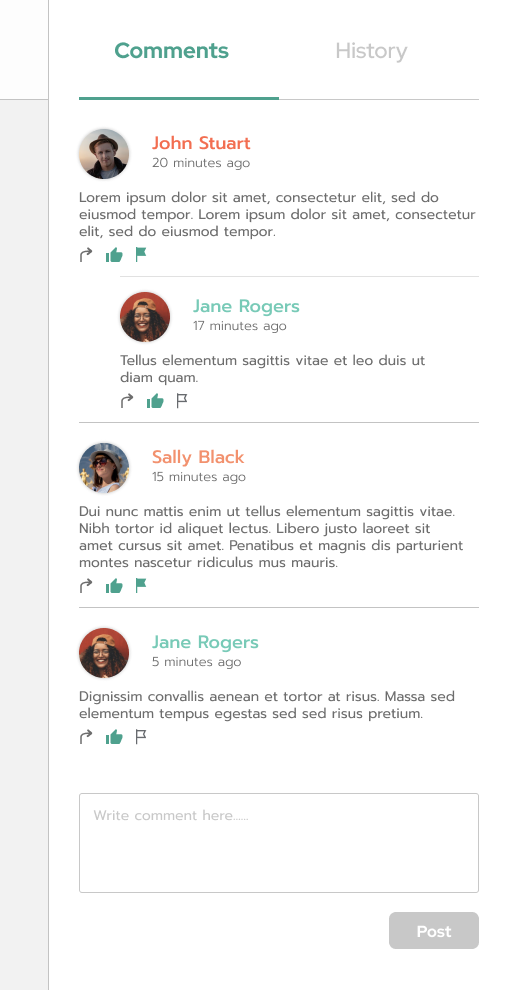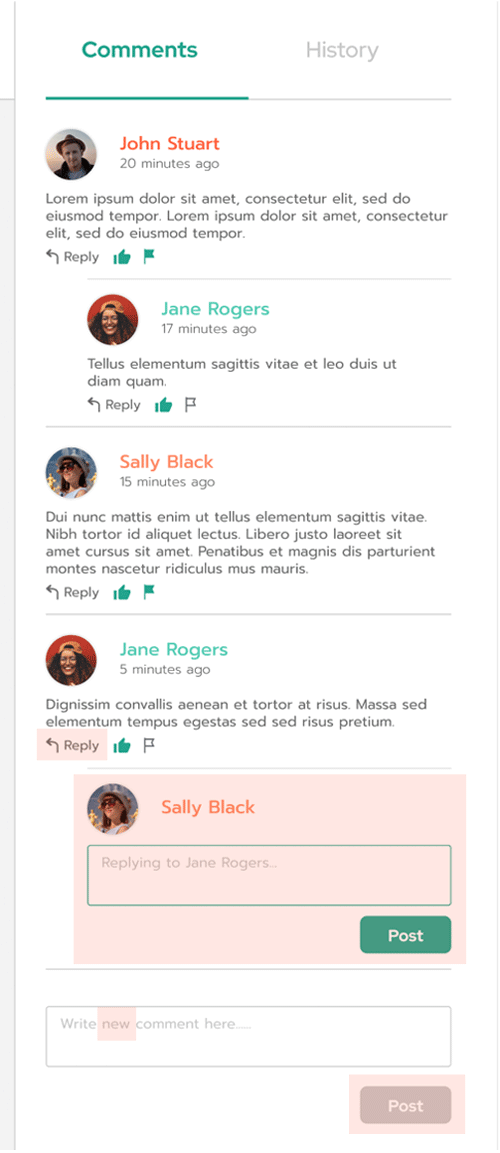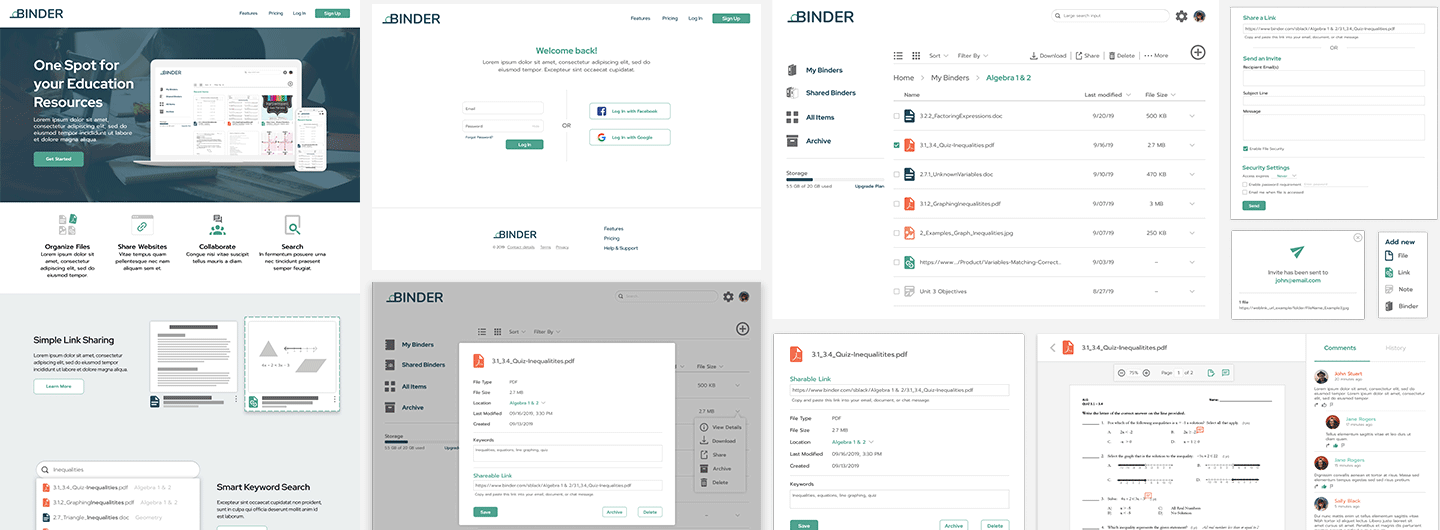Users were able to successfully complete all of the tasks except for one, which was adding a direct reply to a comment. The results were surprising and the degree of confusion was unexpected.
The two main pain points here were:
- Not knowing where to click in order to directly reply to a comment
- Not knowing that you are typing a reply to a specific comment
Additional Iterations and Testing
In order to figure out the root of the issue and ensure the next round of iterations are successful, I conducted additional navigation and preference tests.
Navigation Testing
Users were shown the refined layouts of the commenting section and instructed to reply to a most recent comment.
Only 1 out of 10 users clicked in the correct spot. Most users clicked on the general comment box.
A/B Testing
- A follow-up question asked if the alternative design with the word “reply” added makes the task more clear. 70% of the users indicated that it does, and one user did not notice a difference in design.
- I also conducted a preference test on the comment box, testing icon and text prompt.
Final Outcome
I was able to use this feedback to fine tune my product:
- The word “reply” was added to the icon
- CTA text for the comment boxes were changed to “post”
- For the general new comment box, the word “new” was added to the pre-filled text to help communicate that it’s for new comments
